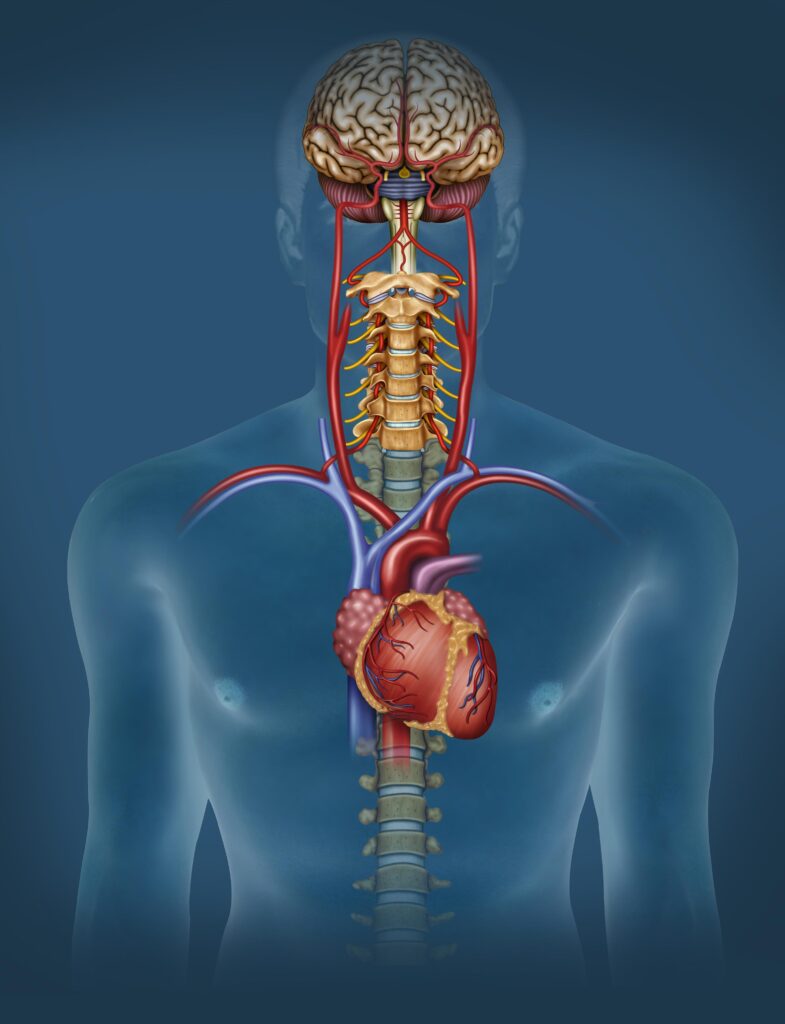Cardiac Autonomic Dysfunction: The Stealthy Saboteur in Type 2 Diabetes Heart Health
The Silent Threat Lurking Within: For millions living with type 2 diabetes, a hidden danger lurks beneath the surface. Cardiac autonomic dysfunction (CAN), a silent saboteur, disrupts the delicate balance of the nervous system’s control over the heart, potentially paving the way for devastating, unnoticed heart attacks known as silent myocardial infarctions (SMIs).
Tip: Please fill out the form if you or a friend would like more information on continuous glucose monitoring devices.
Unmasking the Hidden Foe
A Detective Story in Cardiology: A recent study published in Cardiology, led by Dr. Kaze, sheds light on this often-overlooked connection. Like meticulous detectives, the researchers delved into the murky depths of the relationship between Cardiac autonomic dysfunction and SMIs in type 2 diabetes patients, seeking to unveil the truth hidden within.
SMI: The Wolf in Sheep’s Clothing
Unlike the classic heart attack with its agonizing chest pain, SMI cloaks itself in the guise of normalcy. It silently wreaks havoc on heart tissue, increasing the risk of future, potentially fatal events, all without raising its deadly flag.
Decoding the Body’s Whispers
Listening to the Heart’s Hidden Language: To unveil Cardiac autonomic dysfunction’s secrets, the researchers employed a sophisticated technique called heart rate variability analysis. This method acts as a stethoscope for the nervous system, listening to the subtle fluctuations in heart rhythm, a testament to the intricate dance between the brain and the heart. Lower variability, like a muffled beat, indicates a weakened control by the autonomic nervous system, a telltale sign of Cardiac autonomic dysfunction.
Must Read CGMs in noncritical care hospitals optimizes glycemic control
A Shocking Revelation
The Unmasking of a Chilling Truth: Over nearly five years, the study yielded a stark reality. Individuals with reduced heart rate variability were almost 70% more likely to experience SMIs compared to those with healthy rhythms. Even more alarming, those diagnosed with Cardiac autonomic dysfunction, based on specific thresholds of low variability, faced nearly double the risk of a silent heart attack.
Also, read about The Rise of the GLP-1s
A Wake-up Call for Action
From Discovery to Prevention: These findings paint a concerning picture. Cardiac autonomic dysfunction, often disregarded for its subtle nature, emerges as a potent predictor of silent heart attacks in type 2 diabetes patients. This calls for a paradigm shift, urging the integration of Cardiac autonomic dysfunction assessment into routine checkups. Early detection could be the key to unlocking a new era of preventive strategies and interventions, empowering patients to take control of their heart health.
Read Guide about Wegovy Dosage Guide: The Best Way For Weight Loss
Beyond the Horizon
A Glimmer of Hope for the Future: This research isn’t just a grim discovery; it opens doors to exciting possibilities. Future studies can delve deeper into the mechanisms linking Cardiac autonomic dysfunction and SMIs, potentially paving the way for targeted therapies to disrupt this deadly connection. Identifying patients with Cardiac autonomic dysfunction could also trigger closer monitoring and proactive measures like lifestyle modifications and optimized medication to mitigate SMI risk, offering a shield against the silent threat.
The Silent Alarm Bells
Heeding the Whispers Within: Though silent, Cardiac autonomic dysfunction rings a deafening alarm when it comes to silent myocardial infarction in type 2 diabetes. Recognizing this hidden link signifies a crucial step towards a healthier future for millions. Don’t let the silence deceive you. Consult your healthcare professional for personalized guidance and a comprehensive understanding of your heart health. Remember, knowledge is the most potent weapon against the stealthy saboteur within.


